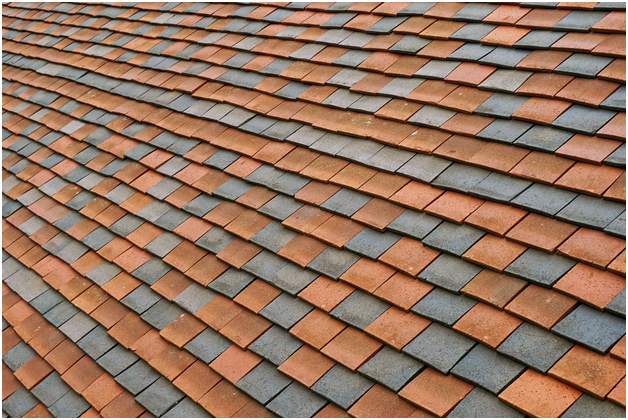You would not clean ink from your hands with caustic soda or remove makeup with a scouring pad. Some surfaces are precious and complicated and need careful treatment to clean and protect. Historic masonry falls into this category, but all buildings deserve TLC.

Often different elements in a façade came from different masons and brickyards using different materials and firing and glazing techniques. Bricks in older walls often vary from rubbery reds to dense vitrified blues. London stocks and Norfolk whites are even resistant to hydrofluoric cleaners. The thickness of glazing can vary across individual bricks and even the mortar can vary, with pure lime used for special joints. The different types of terracotta would require a book to describe them.
Restoring surfaces safely entails a patchwork of different solutions. Brute force abrasion is not appropriate to remove graffiti from modern walls, let alone traditional ones.
Cleaning technology
Developing methods and equipment that can both mechanise and adapt is the key to both cosmetic success and economic viability.
Fortunately, masonry cleaning machines with these capabilities now exist from suppliers such as https://www.stonehealth.com/torc-system/. Such systems deliver fine inert calcite under low swirling pressures with interchangeable nozzles for broader or detailed areas. Pressure cleaning is often used in combination with steam cleaning, tailored chemical applications and surface protection.

Expertise
Whilst using modern equipment is not as difficult as it looks, understanding your surface often is. Depending on the building, several consultants may have to play a part. Professionals pre-test and match the solution to the problem.
Even water sprayed at damaging pressures cannot remove most atmospheric pollutants, nor can most soaps and detergents. Chemistry must support technology; therefore, companies provide supplies of safe targeted cleaning agents, including biocides, poultice barriers, solvents and repair materials, for eroded stone, brick, terracotta, mortar and timber. Environmental impacts are also an issue; therefore, the chemicals and aggregates used should come from only from COSSH and REACH approved suppliers.
A porosity assessment will define many of the parameters for safe chemical cleaning and an alkaline clay poultice can be used to control how deep cleaning and restoring chemicals penetrate and where.
Sadly, the first thing a specialist often reveals is the damage caused by previous cleaning operations; for example, blasting of the Royal Albert Hall in the 1970s destroyed the marmalade colour of its terracotta.